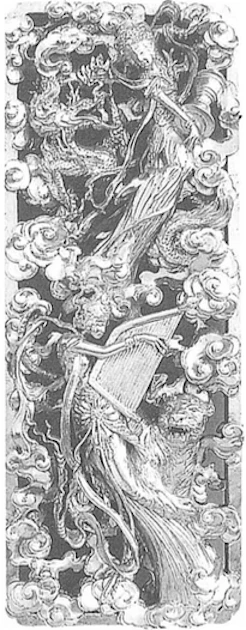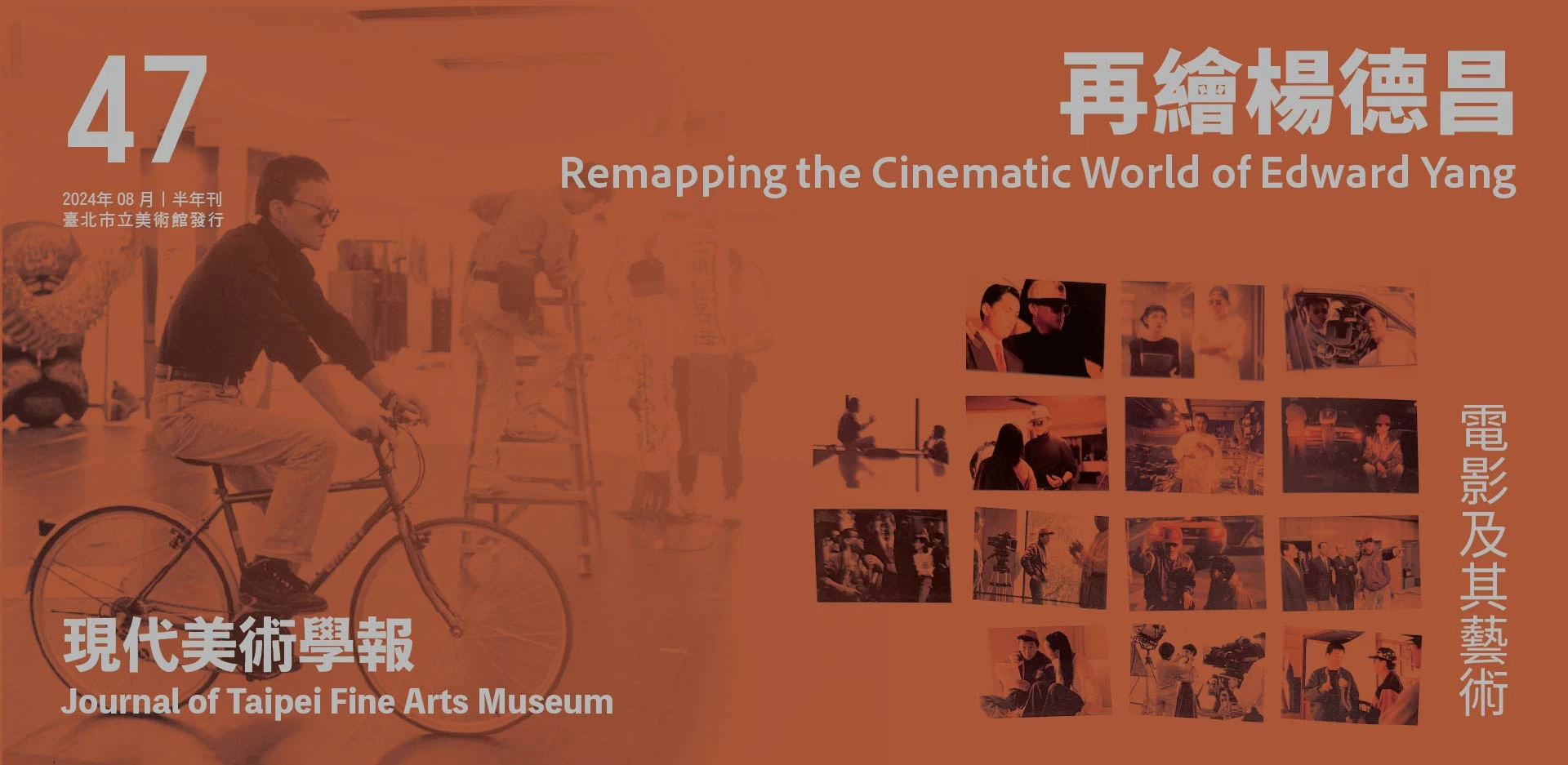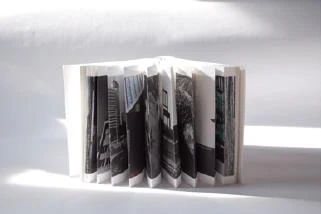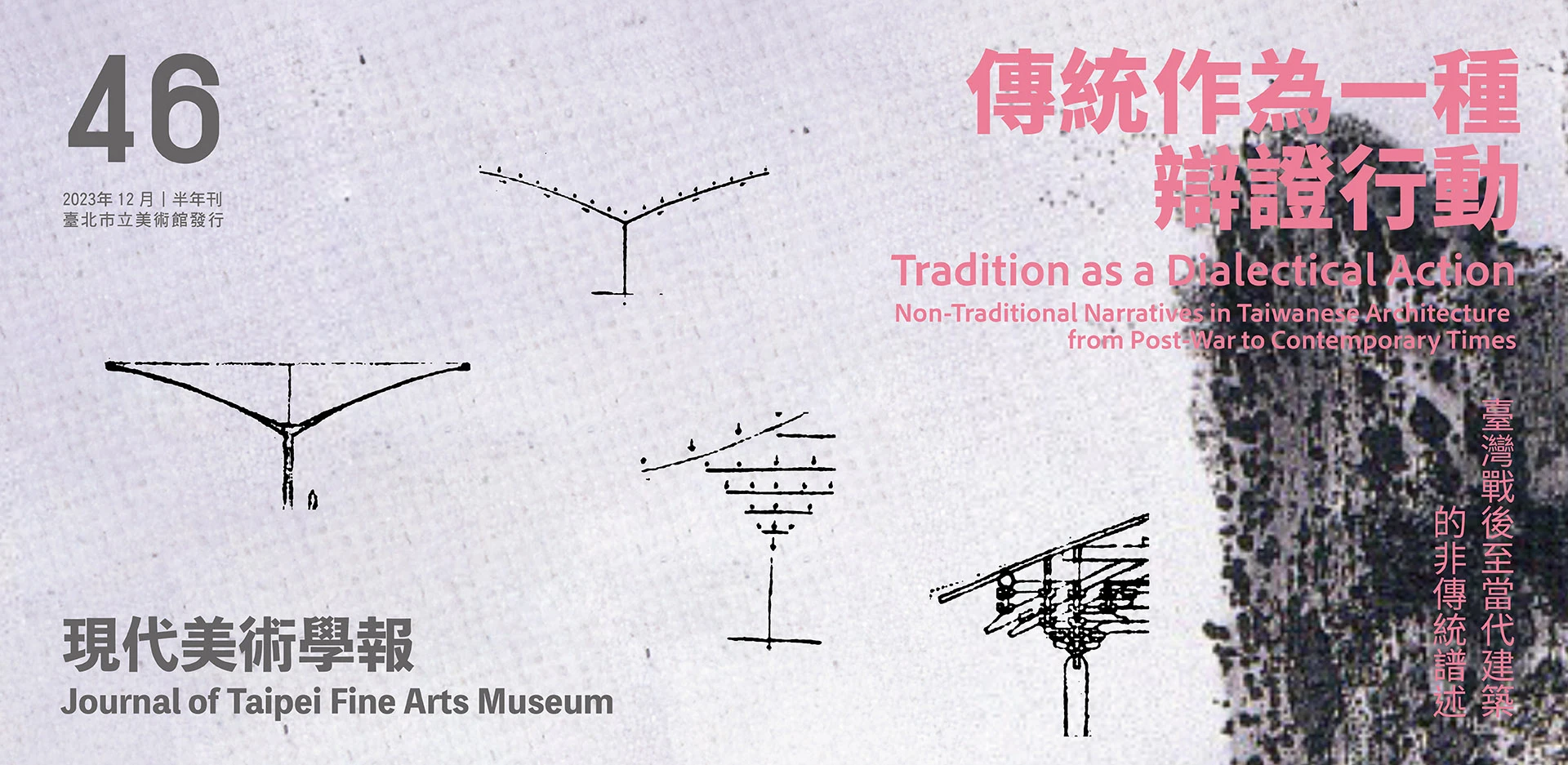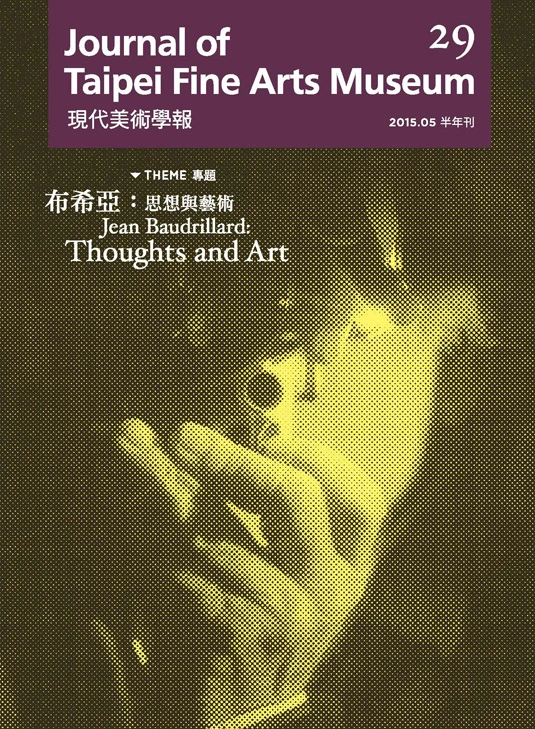摘要
台灣藝術家許家維(1983-)《鐵甲元帥》(2012-2016)三部曲反映台灣當代藝術中的民族誌轉向,也提供了區域文化網絡連結的思考路徑,有別於將民族國家視為整體的模式。本文由「民族誌轉向」與儀式和表演的潛能探討此系列作品。前兩件作品—《龜島》(2012)與《靖思村》(2013)—經由考察蛙神信仰與儀式,以及在馬祖龜島與江西靖思村分別進行演唱和儺舞表演,連結兩個看似無關卻因移民而有共通蛙神信仰的地點。這些跨區域的網絡連結,不僅有別於將台灣或中國視為一體或兩個完全區分的文化體的觀點,亦反省了戰後台灣與中國由國家權力主導的文化肅清。藉由重探民間的文化遺產與記憶,前兩件作品分別挑戰了中國共產黨政府與國民黨政府建構的官方歷史。而第三件作品《神靈的書寫》(2016)則運用當代虛擬科技探索不可見的神靈與其文化精神性本質。本文著重討論《鐵甲元帥》的兩大貢獻:一方面,運用民族誌方法解構由上而下的官方意識形態結構,開拓主體敘事的論述空間。另一方面,強調文化身體記憶與儀式表演的顛覆性潛能—替置與再造—重新打開歷史詮釋的可能。
關鍵詞
許家維、《鐵甲元帥》、民族誌、儀式、身體記憶
Abstract
Taiwanese artist Chia-Wei Hsu's (1983-) trilogy Marshal Tie Jia (2012-2016) echoes the "ethnographic turn" in Taiwanese contemporary art and provides a pattern of cultural networks opposed to the integrity of nation-state. This article discusses these three works from the dimensions of "ethnographic turn" and the potentiality of ritual and performance. By investigating folk rituals and staging performances in Turtle Island (Matsu, Taiwan) and Jingsi Village (Jiangxi, China), the first two works of Marshal named after the aforementioned villages—Turtle Island (2012) and Jingsi Village (2013)—connects two seemingly unrelated locales that share a folk belief in a frog god, a belief that slowly immigrated from China to the Matsu Islands. These cross-regional networking connections, different from viewing Taiwan and China as a whole or viewing them as two separate entities—reflect on the cultural purges by state powers in the postwar Taiwan and China. By revisiting the folk cultural legacy and memory, these works challenge the authority of the official history enacted by the Chinese Communist government and the Kuomintang government in Taiwan, respectively. The third work, Spirit-Writing (2016), explores the possibility of capturing the spiritual essence and invisibility of a god by using contemporary virtual modeling technology. This article considers two contributions of Marshal Tie Jia: On the one hand, the ethnographic investigation dismantles the top-down structure of official ideology, carving out discursive spaces for subjective narratives. On the other hand, the emphasis of the transformative potentials of ritual performance and bodily memory—replacement and reinvention—reopens the possibility to reinterpret history.
Keywords
Chia-Wei Hsu, Marshal Tie Jia, ethnography, ritual, bodily memory

